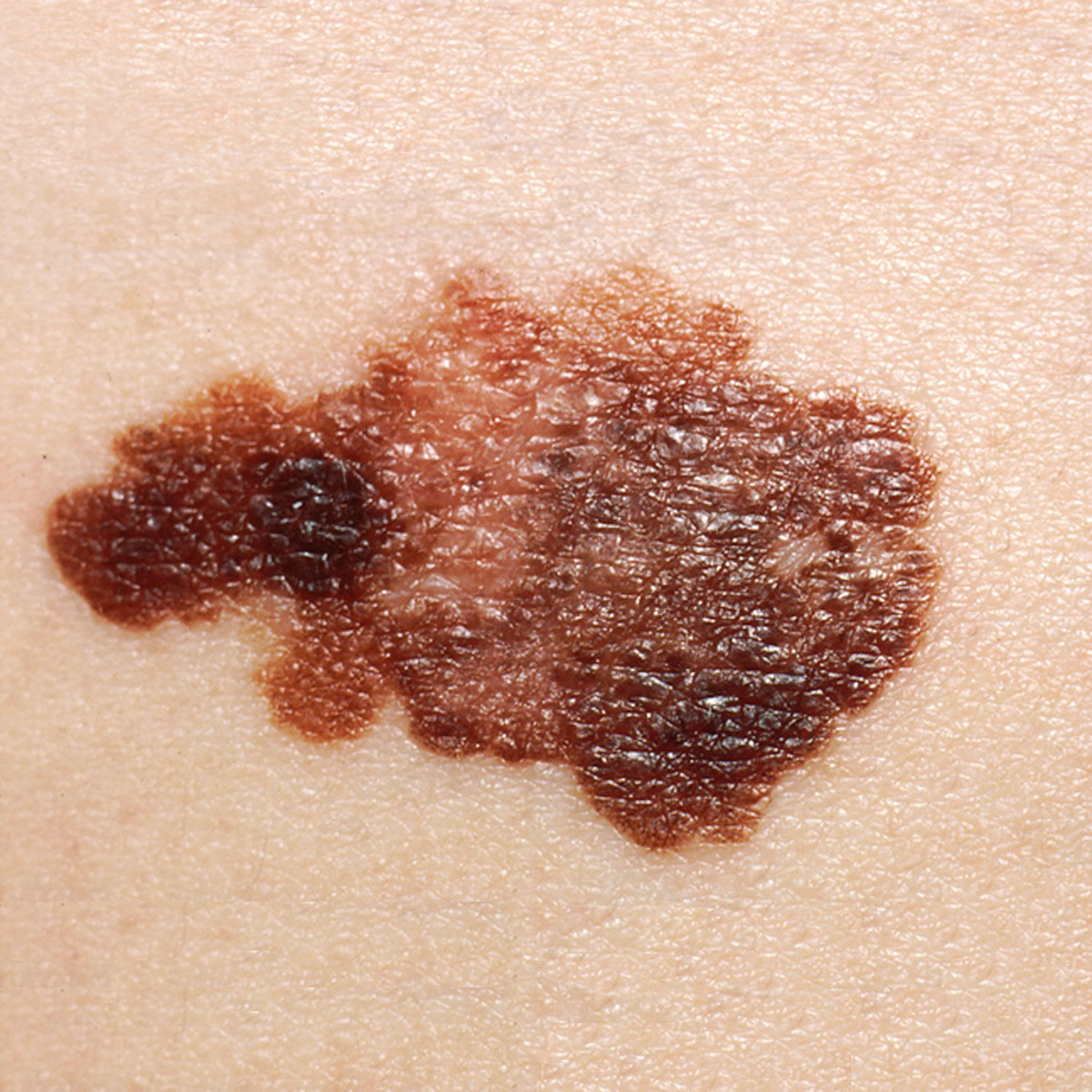
Introduction to Moles
Moles are benign skin changes and they are normally found in both, children and adults. They are usually brown or black and range in diameter and can affect each and every part of the skin. Most moles develop in early childhood and during the first 30 years of someone's life. As we age the moles change in their appearance and generally grow, become raised or change their color. In some cases they may even regress and completely disappear.
It is essential to report any change in mole's appearance such as enlargement, irregularities in color and additional symptoms such as itchiness because they may point to malignant transformation of a mole. Not all the moles may turn malignant but there are some which are considered cancerous.
Cancerous Moles in Children
Some moles may turn into a malignant tumor called melanoma. They are called cancerous moles. In people with positive family history of melanoma as well as in case a person is exposed to sun frequently and for a longer period of time the risk of some moles to turn into malignant melanoma significantly increases.
Some research has identified the connection between large number of moles and increased risk of melanoma. This is why parents tend to worry especially if a child has many moles. In case a child has many moles that are raised above the skin parents should take the child to a well experienced dermatologist.
There are several moles that are normally found in children. Congenital mole is the one found on the skin since the child's birth. These moles are generally harmless. Only in case congenital moles are large they carry the risk of malignant melanoma. Such moles must be monitored. Common moles develop during childhood. They are asymmetric and may eventually faint. These moles are not cancerous and affect the skin that has been exposed to sun. In case such moles bleed, itch or cause any kind of discomfort they must be examined by a professional. Dysplastic moles are atypical, not symmetrical and usually have irregular borders. Their color represents a mixture of different shades and the size exceeds 6 mm. These moles require regular examinations. And finally, spitz nevus is a type of mole that looks like melanoma but it is not melanoma. They are red, brown or black and dome-shaped. Spitz mole can bleed. Any mole that resembles spitz mole requires the prompt examination.
Special Attention
All moles that are asymmetrical, have irregular borders and have more than one color must be examined. Furthermore, examination is necessary for moles whose diameter is more than 5 mm and in case they itch.




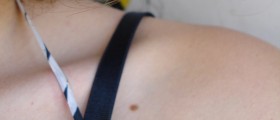



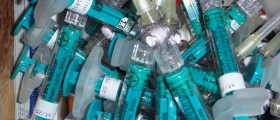

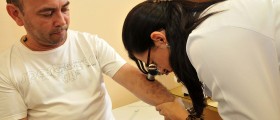
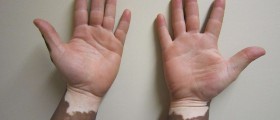




-In-Infants-And-Older-Children_f_280x120.jpg)
Your thoughts on this
Loading...